Table of Contents
Chromatographic Separation Methods:
The Chromatographic Separation Methods can be classified in a number of ways as shown-
Based on Physical State of Stationary or Mobile Phase:
The first type of classification is based on the physical state (solid, liquid or gas) of the stationary phase and mobile phase.
The following four types of chromatographic techniques are commonly employed-
(a) Liquid-Solid Chromatography (LSC)- In this case, a liquid is a mobile phase, while a solid is a stationary phase. For example, column chromatography and thin-layer chromatography (TLC).
(B) Liquid-Liquid Chromatography (LLC)- It is also known as partition chromatography. In it, one liquid is a mobile phase and another liquid is held immobile as a thin film on an inert solid support act as stationary phase. For example, paper chromatography.
(c) Gas-liquid Chromatography (GLC)- It is also known as gas chromatography or vapour phase chromatography. In it, an inert gas is the mobile phase and a non-volatile liquid bound tightly to a solid support is the stationary phase.
(d) Gas-Solid Chromatography (GSC)- In this case, a solid adsorbent such as silica gel etc. is the stationary phase and an inert gas is a mobile phase.
Based on Basic Principle Involved:
The second method of classification is based upon the difference in the basic principles involved in a given separation. According to it, there are five different types of chromatographic methods. These are-
(a) Absorption Chromatography- It is based on the principle of selective adsorption on the surface of the stationary phase from the mobile phase.
(b) Partition Chromatography- It is based on the principle of selective partition or distribution of the dissolved substances between two immiscible solvents acting as a mobile phase and the other as a stationary phase.
(c) Ion-exchange Chromatography- It is based on the selective tendency of ions (cations and anions) from the mobile phase to exchange with the cationic/anionic resins fixed on the stationary phase.
(d) Exclusion Chromatography- It is a technique in which separation of the sample components takes place according to molecular size, molecular weight and shape of the solute being separate.
(e) Electrophoretic Chromatography- It is based on the process of electrophoresis i.e. migration of colloidal particles as well as the individual ions through a solution under the influences of an electric field towards the oppositely charged electrodes. When a solution containing substances with a different charge to mass ratio is acted upon by an electric field, the components tend to separate by migrating at different rates.
Classification Based on Nature of Equipment Used:
The third way of classification is based on the nature of equipment employed. On this basis, chromatography is divided into three categories-
(a) Column Chromatography- It is based upon the process of differential adsorption. The moving phase is in the liquid state, while the stationary phase is a solid adsorbent. As the mobile phase passes through the stationary phase its components get separated by differential adsorption on the surface of the adsorbent.
(b) Thin Layer Chromatography (TLC)- In this type of chromatography, a thin layer of adsorbent on a flat surface is used (instead of a column of adsorbent). Development of the chromatogram is accomplished by the capillary movement of the solvent upon the thin layers of the adsorbent.
(c) Paper Chromatography- It is a special class of partition chromatography. In this case a coarse paper serves as a stationary phase. A drop of the solution of the sample is introduced at some point on the paper. The mobile phase called developer is made to flow in either upward or downward or circular direction. The separation is achieved by the differential migration of the mixture of substances.



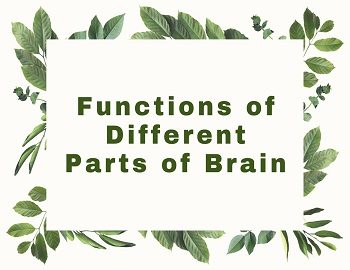
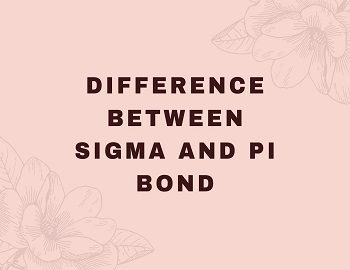
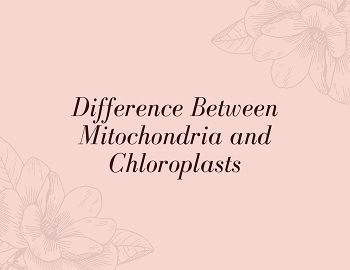
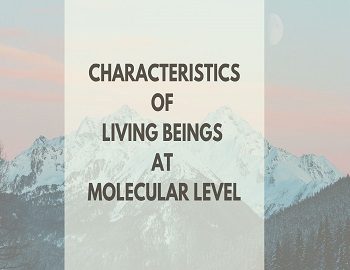

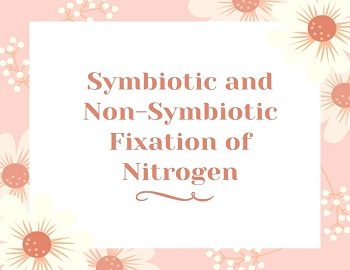
Comments (No)